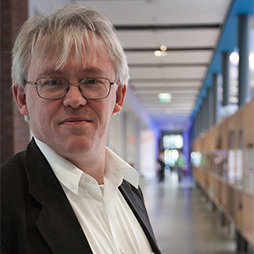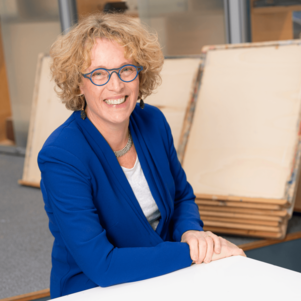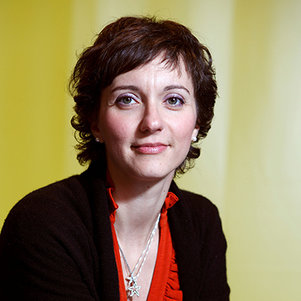50 years of IDE’s history published in She Ji
In 2019, the Faculty of Industrial Design Engineering (TU Delft) celebrated its 50th anniversary, a period in which the faculty has grown into an acclaimed institute for design research and education. The milestone was celebrated with a symposium, an exhibition and an amazing party. IDE also took the opportunity to reflect on its development via an article, recently published in Elsevier's new design research magazine, ‘She Ji: The Journal of Design, Economics, and Innovation’. Read about the developments of fifty years of design education at the faculty of IDE.
The focus for this special edition of the magazine, is the future of design education. Several leading academics describe the challenges for the design profession and the skills required for the designer of the future. Internationally, IDE is recognised as a leading school that connects design education and research, and is seen as an example of teaching evidence-based design methods so the editors of ‘She Ji’ invited IDE to contribute a paper, providing a background to the ideas, structure of IDE education, and sharing thoughts around the new bachelor which is being developed.
In the article ‘Innovating a Large Design Education Program at a University of Technology’, IDE’s Pieter Jan Stappers, Ena Voûte, Elisa Giaccardi, Sylvia Mooij en Annemiek van Boeijen sketch the developments and highlight some of the struggles and successes that have emerged in the process. The article shows how design education and the profession for which it prepares students have both developed and diversified over the years. The Delft way is not the only way to do design, but the size and positioning of the Delft programme helps to bring out some of these evolutions, and highlights some advantages and disadvantages of increased scale. The discussion tries to draw lessons for design education in general. “Most importantly, the steps we take must help to push the boundaries of the field and explore novel ways to align design education, research, and practice”.

Pieter Jan Stappers
- +31 (0)15 27 85202
- P.J.Stappers@tudelft.nl
- Personal webpage
-
Room C-3-130
"Speels en degelijk"

Ena Voûte
- +31 (0)15 27 83278
- M.A.Voute@tudelft.nl
-
32-C-4-240

Elisa Giaccardi
- +31 (0)15 278 9223
- e.giaccardi@tudelft.nl
-
Room C-3-150

Sylvia Mooij
- +31 (0)15 27 86376
- s.c.mooij@tudelft.nl
-
Room B-4-160

Annemiek van Boeijen
- +31 (0)15 27 82749
- A.G.C.vanBoeijen@tudelft.nl
-
Room C-3-270